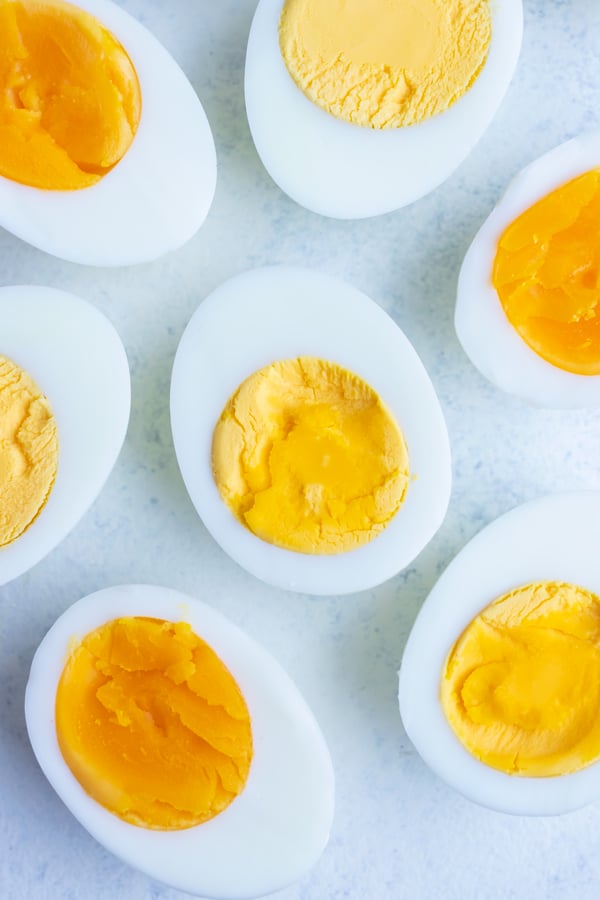

While O'Hayer hasn't had much luck with these methods, some home cooks swear that adding baking soda or vinegar to the boiling water helps make the eggs easier to peel. This can help the shell separate from the egg more cleanly. O'Hayer also recommends peeling boiled eggs under a running tap or submerged in a bowl of clean water. Let your boiled eggs sit in the ice bath for at least 10 minutes before peeling or stash in the fridge until you're ready to peel. Eggs peel much easier when they are completely cooled. Use eggs that are at least two weeks old for the easiest peeling. If you boil fresh eggs you can end up with mangled whites no matter how delicately you pull the shell away," explains O'Hayer. "The fresher the eggs, the harder they are to peel. Avoid the headache with a few simple tricks for picture-perfect eggs.

Wait until your boiled eggs are fully cooled to peel them.Īttempting to peel a stubborn hard-boiled egg can make even the most poised home cook lose their head. Quick tip: Rotten eggs float! If you have a suspicion your eggs have gone bad, put one in a glass of water before you cook it. Tap a cooled egg on the counter several times as you rotate the egg to break up the shell. As soon as the timer goes off, use your slotted spoon to quickly and carefully transfer the eggs to your ice bath. Once the eggs are added, the water should be gently simmering rather than vigorously boiling and knocking the eggs around. "I don't like boiling for more than 12 minutes because you risk overcooking the egg and the yolk can have a greenish halo around it," notes O'Hayer. Immediately after adding the eggs, start a timer: 10 to 12 minutes for a hard-boiled egg (depending on how hard-boiled you like it), 8 to 9 minutes for a medium yolk, and 6 to 7 for a soft-boiled egg. O'Hayer suggests using a slotted spoon so you can lower the eggs into the water without risking cracking the shells. Once the water is boiling rapidly, carefully add the eggs. You'll want enough water to completely submerge the eggs once they're added to the pot. Bring a pot of water to boil - big enough to hold however many eggs you're cooking in a single layer. You'll want this ready to go before the eggs are done cooking. Bring to the boil then reduce the heat to a gentle simmer for 3-5 minutes, depending on how you like. Add a couple of handfuls of ice cubes and cold water to a bowl big enough to hold the eggs, ice, and water. Place the egg in a saucepan and cover with cold water. For the soft boil method, bring it down from 5 minutes to 4 minutes.

Follow these steps closely for perfectly cooked eggs: If you’re boiling one egg, bring down the boiling time from 3 minutes to 2 minutes. While some recipes suggest starting with the eggs already in a pot of cool water, O'Hayer prefers to boil the water first since it allows for more precise timing and yields more dependable results.
HOW TO BOIL EGGS CRACKED
Lower eggs into boiling water using a spoon to prevent splashing or cracked shells.


 0 kommentar(er)
0 kommentar(er)
